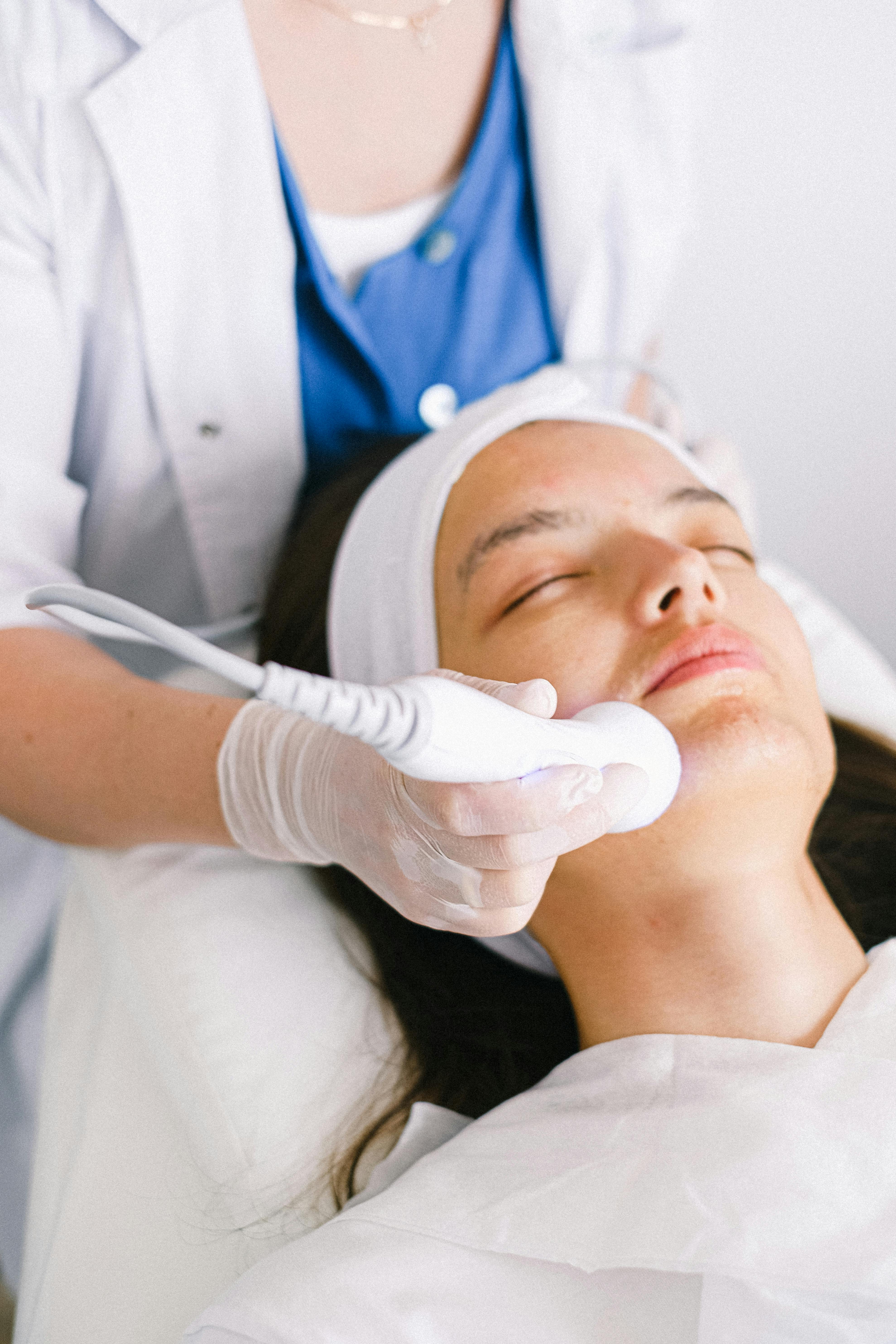Liposuction Explained: A Practical Guide to Contouring
Discover how liposuction can reshape stubborn fat pockets and refine body contours. This comprehensive guide explains treatable areas, benefits and risks, preparation steps, recovery expectations, cost ranges, and how to choose a qualified provider. Learn what to expect and make an informed decision about body contouring with liposuction.

Liposuction remains one of the most commonly requested cosmetic surgeries for people seeking to remove localized fat and improve body shape. While it isn’t a substitute for weight loss, it’s an effective tool for sculpting areas that don’t respond to diet and exercise. This guide breaks down where liposuction can be used, the advantages and potential complications, how to prepare, what recovery looks like, and how much it might cost — so you can make an informed decision.
Which body areas can be treated with liposuction?
Liposuction is versatile and can target multiple regions where fat tends to collect. Typical treatment zones include:
- Abdomen and waist — common for both upper and lower belly fat and flank reduction.
- Thighs and hips — inner and outer thighs as well as the saddlebag area.
- Arms and back — upper arms and bra-line/back rolls.
- Chin and neck — small cannulas allow fat removal beneath the chin and along the jawline.
- Buttocks and love handles — to improve the curve and reduce bulges.
Surgeons can address several areas during the same operation, allowing for coordinated contouring across the body. The exact approach and extent depend on individual goals and anatomy.
Benefits and risks of liposuction
Benefits
- Targeted fat removal: Liposuction removes stubborn pockets of fat that resist lifestyle changes.
- Improved silhouette: Patients often see better body proportions and smoother contours.
- Enhanced self-image: Many people report increased confidence after achieving desired shaping.
- Durable outcome: When paired with a stable weight and healthy habits, results can be long-lasting.
Risks and possible complications
- Infection or bleeding at the surgical sites.
- Reactions to anesthesia.
- Irregular contours, asymmetry, or skin dimpling in treated areas.
- Fluid collections (seromas) that may require drainage.
- Temporary numbness, altered skin sensation, or persistent swelling.
Every surgical procedure carries inherent risks. A thorough preoperative consultation with a board-certified plastic surgeon is essential to evaluate candidacy and discuss realistic expectations.
How to prepare for liposuction surgery
Good preparation improves safety and recovery. Typical preoperative steps include:
- Complete medical evaluation: Your surgeon will review your medical history, medications, and any conditions that could affect healing.
- Stop smoking: Nicotine impairs circulation and increases the risk of complications; cessation several weeks before and after surgery is usually required.
- Adjust medications: You may need to discontinue blood thinners, certain supplements, and other drugs that increase bleeding risk.
- Stabilize your weight: Liposuction works best when you are close to your ideal or stable weight.
- Plan for support: Arrange transportation to and from the facility and a caregiver at home for the first 24–48 hours if needed.
- Follow instructions: Pre-op directions, such as fasting and skin preparation, will be provided by your clinic and should be followed closely.
What to expect during recovery
Recovery timelines vary by patient and the extent of the procedure, but general patterns apply:
- Immediate post-op: Expect soreness, swelling, and bruising in treated areas. Pain is usually controlled with prescribed medications.
- Compression garments: Wearing provided or recommended compression garments helps reduce swelling, support tissues, and improve contouring.
- Activity restrictions: Rest for the first few days, then gradually increase light activity. Most people can return to desk work within a week, depending on how they feel.
- Exercise and heavy lifting: Avoid strenuous exercise and heavy lifting for at least 2–4 weeks or until your surgeon clears you.
- Final results: While contours begin to appear as swelling diminishes, the complete outcome can take several months to fully materialize as tissues settle.
Follow-up appointments are important to monitor healing and address any concerns such as persistent swelling, irregularities, or signs of infection.
How much does liposuction cost and how to choose a reputable provider?
Costs depend on the treated area(s), the amount of fat removed, the technique used, geographic location, and the surgeon’s experience. Compare options carefully and prioritize safety and qualifications over price.
| Provider Type | Average Cost Range | Key Considerations |
|---|---|---|
| Plastic Surgery Clinics | $2,000 - $8,000 per area | Board-certified surgeons, comprehensive surgical care |
| Cosmetic Surgery Centers | $1,500 - $5,000 per area | Focused on aesthetic procedures and body contouring |
| Medical Spas | $1,000 - $3,000 per area | May offer less invasive alternatives or limited services |
Cost disclaimer: Prices are estimates based on available data and may vary by region, provider, and individual patient needs. Independent research and consultation are advised before making financial decisions.
When evaluating providers, consider these factors:
- Board certification and surgical specialization.
- Experience and number of liposuction procedures performed.
- Before-and-after photos that reflect consistent, natural results.
- Patient reviews and testimonials.
- Accreditation of the surgical facility and adherence to safety standards.
Liposuction can create meaningful improvements in body shape for the right candidate, but it’s important to approach the decision with realistic expectations and a commitment to postoperative care and a healthy lifestyle. Discuss all questions and potential risks with a qualified surgeon so you understand the process and possible outcomes.
This article is for informational purposes only and should not be considered medical advice. Please consult a qualified healthcare professional for personalized guidance and treatment.






